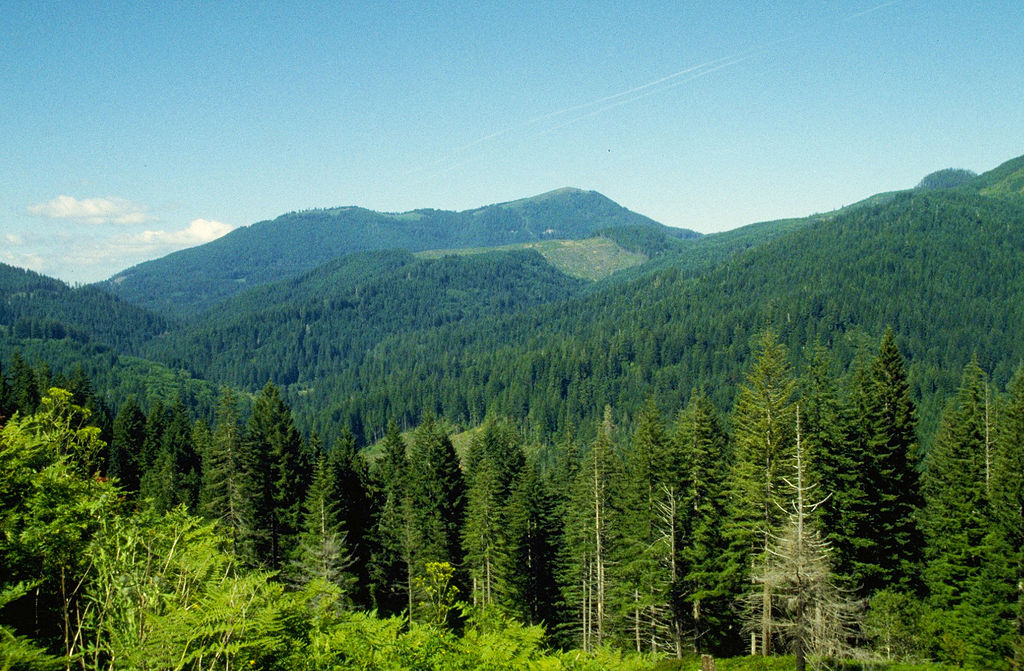
When our ancestors first sighted the lands of the New World, they were aghast at the volume of untapped resources that lay before their eyes.
Having come from a European continent that had already been largely depleted of its natural resources, they felt that this uncharted territory would give them enough fish, gold, and trees to last them and their descendants for countless generations.
In the centuries that followed, the Industrial Revolution and the globalization of trade quickly changed this equation. This not only made these resources scarce once more, but we also began to face the notion that we might be completely wrecking the balance of nature.
Russ Lea, who is an experienced forestry professor, knows that there are ways to prevent global environmental destruction, all while keeping the wheels of industry moving in this new green age. Below, we’ll discuss some of the core tenets of sustainable forestry management.
1) Active woodlot management
In previous years, the extent of forestry for many logging companies was to (a) build access roads (b) cut down trees and (c) drive away with all the wood.
This practice is incredibly damaging to the environment, and any company that cares about not ending up on the hit list of environmental protestors these days has moved away from this slash and burn practice.
Aside from being good for the environment, active woodlot management ensures the long-term health of the trees located on company land.
By ensuring that a mix of tree species remains (and gets replanted) after a cut, the viability of this land for endemic species is maintained, and the forest is less vulnerable to wildfires and insect infestations.
2) Salvage logging
Aggressive insect infestations are on the rise these days due to climate change, putting entire ecosystems at risk.
Although it looks like a bad and exploitative practice to the uneducated, salvage logging operations can protect the rest of the forest by removing diseased trees from the ecosystem.
In the same way that removing a malignant tumor from the human body greatly reduces the chance that a cancer can spread, cutting infected trees from a woodlot helps to protect trees on private and publicly owned lands from falling victim to the same malaise.
3) Anti-erosion measures
Improperly conducted cuts make no allowance for the role that forests play when it comes to the stability of the lands upon which they exist.
This is of particular importance on plots of land that sit on mountainous terrain or along major bodies of water. The lack of trees in either of these cases promotes erosion, which can lead to landslides and the contamination of watersheds.
By maintaining an active forest instead of clear cutting, the protective effects of a forest floor held together with leaf litter and roots is retained, preventing either of the previously mentioned disasters.
4) Reforestation
Finally, no sustainable forestry plan is complete without making provisions for the replanting of trees that have been taken from the ground.
So long as selective cutting is practiced in lieu of clear cutting, and a variety of tree species is planted, it is a strategy that will have the greatest long-term impact on the sustainability of a forestry program, and the overall health of local ecosystems. Without it, the environment loses, and so does big business.